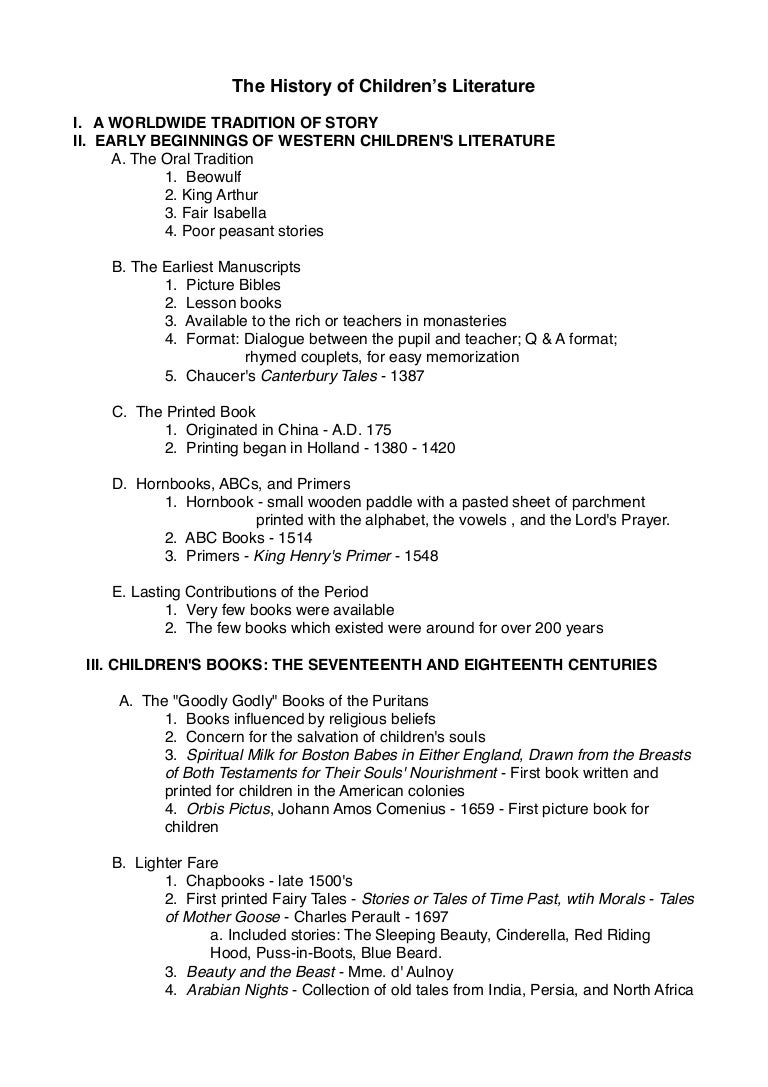
Listed below are examples of a research paper outline: Sample 1 Topic: Asbestos Poisoning. I. Introduction. Definition of the Topic; Significance of the Study; Definition of Terms; II. Body. Symptoms of Asbestos Poisoning; Effects of Asbestos Poisoning; Possible Treatments; III. Conclusion. Conclusion; Recommendations. How to Deal with Asbestos Hazards; Sample 2 9 hours ago · For first-year History courses. Outline Example. Example of an outline for a first year level history paper. Judge and Langdon Book Review/Research Paper - Example 1. Judge and Langdon Book Review/Research Paper - Example blogger.com: Danielle Masursky It is not a secret that most people judge a book by the cover, so if you want your research · Example of an outline for a first year level history paper. Judge and Langdon Book Review/Research Paper - Example 1. Judge and Langdon Book Review/Research Paper - Example 2. HST Paper Example. example of a paper for upper division History blogger.com: Danielle Masursky
History Research Paper Examples - EssayEmpire
An outline is a map of a longer work, which can be anything from a brief essay to a full-length book. Authors write outlines at many stages in their projects, but especially when they have completed a fair amount of research and want to figure out how to organize their findings, and again when they have written a draft and want to check it for narrative or logical consistency.
An outline has two goals. The first is to organize a long work into smaller sections. This will be helpful to you as you write, since it will break an intimidating project into shorter, more manageable tasks. And it will help the reader follow your story or argument by drawing her attention to the key episodes or arguments. The second goal, one sometimes overlooked, is to highlight the major findings of a body of research. Classic outlines denote the major sections of a work with upper case Roman numerals.
Within each section, a subsection can be denoted with a capital letter, and smaller levels still with Arabic numerals, lower case letters, and, if really necessary, lower case Roman numerals. I have found, however, that decimal outlines are easier to work with, so I suggest them here.
To show how this looks in practice, I have outlined Christopher W. The titles of the sections indicated by single digits are those of the headings in the published article. Most outlines need not be so detailed. Here, the highest-level headings signal new sections of the paper, and second-level headings indicate clusters of paragraphs. This format makes for a good discussion document for a student and an instructor.
I have also posted a blank outline in. docx formatwhich you are welcome to use. If you want to outline a multi-chapter work, such as a dissertation, then you will need to add another level to the hierarchy. In that case, single digits represent chapters, two-digit headings represent sections, and three-digit headings represent clusters of paragraphs. I crafted the Wells outlines based on the finished work, a process called reverse outlining. Though he tells me my version history research paper outline example pretty close to the one he used as he polished the piece for publication.
I have started each section with its own thesis taken from the essay, one that supports the thesis of the article as a whole. Except for section 2, these do not appear at the start of the section in the article. The thesis for section 3 appears at the tail end of the previous section, while the thesis for section 4 appears in the final paragraph of that section.
For student papers, and particularly for outlines, I suggest that you place the thesis for each section at the start of that section.
Notice how the section headings themselves suggest claims, history research paper outline example, not merely topics. While this is a narrative history, Wells takes care to make claims for each section of the narrative and in almost every topic sentence. Note his use of transitional words and phrases more, thus and contrast words however, despite, yet, although. Only once does he include a quotation from Scientific American in his topic sentence, and he does so when the source makes precisely the analytic argument that he himself wishes to make.
The article is essentially composed of a series of 5-paragraph essays designated by two-digit headings : the building blocks of so much formal writing. Sections designated by single digits can vary in length and history research paper outline example. In his introduction, Wells establishes a dialectic between the worldview of the horse-minded and that of the machine-minded.
Wells presents a dialectic of opposing forces—horses and machines—and shows how the Model T resolved that contest by embodying the best of both. Mobility-minded pragmatists were more forgiving, arguing that the machines should not be blamed for whatever problems accompanied their use.
A small group of mobility-minded utopians discerned limitless potential in motor vehicles. At the dawn of the industry, however, engineers were unable to design motor vehicles flexible enough to perform the diverse tasks that early motorists desired, history research paper outline example.
Writers in the popular and trade presses assessed electric, steam, and gasoline engines differently. With turn-of-the-century manufacturers jockeying for marketplace advantage, horseless-carriage enthusiasts peered into a murky future. The uncertainty generated by the range of specialized motor-vehicle designs at the turn of the century casts doubt on the inevitable triumph of gasoline technology, a belief often shared by historians.
The emphasis that successful manufacturers placed on catering to personal pleasure suggests that the gasoline carriage triumphed in the United States because elites seeking recreational vehicles comprised the largest market for motor vehicles. The ability to escape the city to motor across the countryside held a powerful appeal for many new owners, giving the technology an almost magical aura.
The Mercedes-style automobile opened new vistas for power and speed, pushing engineers beyond the design considerations that prevailed for horse-drawn carriages.
manufacturers quickly emulated the French-style automobile after its debut at the New York Motor Show, history research paper outline example. A large part of the U. market was still horse-minded, however, and rejected the paradigm-changing French-style automobile in favor of refined versions of the horseless carriage.
Two new types of gasoline carriages, both of which cost significantly less than Mercedes-style automobiles, claimed growing numbers of horse-minded buyers after For Mercedes-style cars true to French designs and built for speed on smooth surfaces rather than for durability on rough ones, the bruising conditions on U. country roads initially limited their utility—and thus their market share. For mobility-minded motorists interested primarily in high-speed racing, the dearth of good roads created major problems.
Yet securing good roads, even on a small scale, proved a slow and herculean task, and many history research paper outline example impatient—motorists sought other solutions. The emergence of a distinctly American touring car based on French gasoline technology increased the average cost of automobiles in the United States. At the same time and despite the emerging consensus that the modified Mercedes represented a superior design, the market for comparatively low-priced runabouts and high-wheelers also expanded, albeit more slowly.
With one eye on the potential profitability of the low-priced market and another on the strengths of the Americanized Mercedes style, history research paper outline example, some manufacturers began to develop history research paper outline example versions of the touring car, history research paper outline example.
Because increased power necessitated a heavier frame and thicker, stronger parts, weight-to-power ratios—a rough measure of performance—stabilized among better-quality vehicles in the neighborhood of Despite the difficulties that had to be surmounted, Henry Ford embraced the vision of a lightweight automobile.
As such, the Model T delivered the first true Mercedes-style adventure machine to the high end of the low-cost market. Although the Model T excelled as an adventure machine, it also featured functional, utilitarian characteristics that Ford emphasized to appeal to horse-minded history research paper outline example. January Updated December Resources: Article Outline Example: Decimal format PDF Article Outline Template: Decimal format.
docx Article Outline Example: alphanumeric format PDF An outline is a map of a longer work, which can be anything from a brief essay to a full-length book. Please note the following about this outline: Each section presents a thesis. Each paragraph makes a claim. An article is history research paper outline example out of sections, which are built out of 5-paragraph essays. Key terms hold it all together. Christopher W. Schrag 1. Introduction 1. market from one of disagreement and division into a broad mass market focused largely if not exclusively on a single technology.
In doing so, it reconciled two seemingly irreconcilable worldviews, one forged in the world of the horse, and the other guided by enthusiasm for machines. Competing Visions, Specialized Designs 16 paragraphs 2. Thesis: As horseless carriages appeared more frequently on U. streets, turn-of-the-century observers debated the role that such expensive new machines should play in everyday life 2. Horse-minded observers voiced a variety of opinions about the new machines.
The predictions of mobility-minded observers were more varied. The fact that designers chose from three major motor types—steam, electric, and gasoline—underscores both the diversity and the uncertainties of early horseless-carriage design.
The declining importance of the market for commercial motor vehicles, such as urban trucks and taxis, and the rapid expansion of history research paper outline example market for private, recreational vehicles, helped cause manufacturers and consumers alike to develop an overwhelming preference for gasoline-powered vehicles 2. Updating the Horseless Carriage, Americanizing the Automobile 19 paragraphs 3. Thesis: Despite its strengths, the adventure-machine thesis does not fully explain the development of automotive technology in the United States, where the split between mobility-minded and horse-minded buyers put the evolution of automotive technologies on a very different trajectory from the adventure-oriented path followed in Europe.
Europe, and particularly France and Germany, embraced gasoline carriages earlier and more fully than did the United States. Like most cultural imports, however, the social meanings that the French attached to the automobile were subject to subtle change when translated into the American idiom. Perhaps, however, the most important factor explaining why so many horse-minded consumers chose gasoline-powered runabouts and high-wheelers lies in an important factor that all manufacturers had to address: the poor state of U.
Engineers thus began adapting Mercedes-style automobiles to U, history research paper outline example. conditions by raising the chassis to provide greater road clearance.
Although the prospect of an inexpensive, powerful, lightweight, full-sized automobile had wide appeal, automakers struggled to design such vehicles in the half-decade before Conclusion 5.
Because of this fusion, the distinctions between horse- and mobility-minded motorists slowly history research paper outline example to blur and disappear.
How to Write a History Research Paper
, time: 2:47Home - Handbook for Historians - Noreen Reale Falcone Library at Le Moyne College

· History paper outline example. A research paper is a piece of academic writing based on its authors original research on a particular topic and the analysis and interpretation of the research findings. What is a research paper. A study on factors affecting the infant feeding practices of Link to Summary Checklist: Research Defining an Essay Topic and Thesis Statement Defining your topic is arguably the most important, and often the most difficult, task in writing an essay. An ill-defined topic will never produce a good paper. A history essay is much more than a list of facts about events that happened in the past: it must File Size: KB History papers are driven by arguments. In a history class, even if you are not writing a paper based on outside research, you are still writing a paper that requires some form of argument. For example, suppose your professor has asked you to write a paper discussing the differences between colonial New England and colonial Virginia

No comments:
Post a Comment